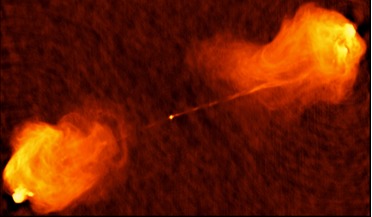 20 September 2016
Astronomers detect a rare type of object known as a spiral DRAGN
20 September 2016
Astronomers detect a rare type of object known as a spiral DRAGN
... a matter of debate but the team have offered the suggestion that DRAGNS “may represent a rare phenomenon of elliptical galaxies transitioning back into spirals through accretion of gas and stars, perhaps from a companion.” Mulcahy and colleagues...
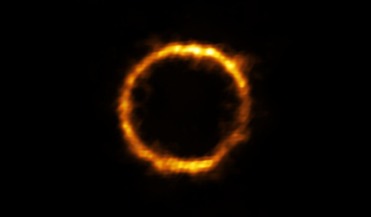 12 August 2020
Distant Milky Way look-alike is a breakthrough in the field of galaxy formation
12 August 2020
Distant Milky Way look-alike is a breakthrough in the field of galaxy formation
... an approximately ellipsoidal shape and a smooth, nearly featureless image. Stars found inside of elliptical galaxies are on average much older than stars found in spiral galaxies like our Milky Way. Despite what might appear as a now slow death...
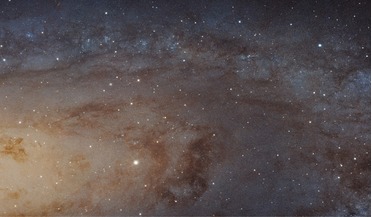 October 2016
The dwarf galaxy problem
October 2016
The dwarf galaxy problem
... brighter in some bands than others. For example, spiral galaxies have a lot of young, blue stars so are brighter in some bands, whereas Elliptical galaxies have older, red stars, so are easier to see in other bands. Initially, we just used...
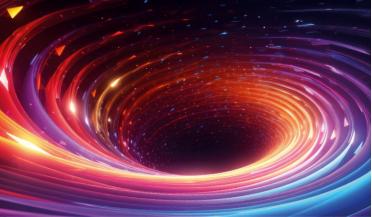 April 2024
Rotation in the Universe
April 2024
Rotation in the Universe
... attract each other and they coalesce to form a single elliptical structure. In summary, therefore, to create a spiral galaxy, and avoid ending up with an elliptical galaxy, we presumably require a very limited number of tidal interactions to occur...
 08 April 2020
First-ever photo proof of powerful jet emerging from colliding galaxies
08 April 2020
First-ever photo proof of powerful jet emerging from colliding galaxies
... detailed numerical simulations and predicted that this event may ultimately lead to the formation of one giant elliptical galaxy," said Paliya. "Depending on the physical conditions, it may host a relativistic jet, but that's in the distant future...
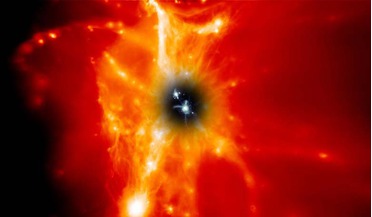 06 June 2016
Galaxies guilty of 'wasting' precious planet building material
06 June 2016
Galaxies guilty of 'wasting' precious planet building material
... to explain why there appears to be a shortfall in oxygen around elliptical rather than spiral galaxies, as highlighted by puzzling COS observations. "The CGM of the elliptical galaxies is hotter," said Joop Schaye, a professor at Leiden University...